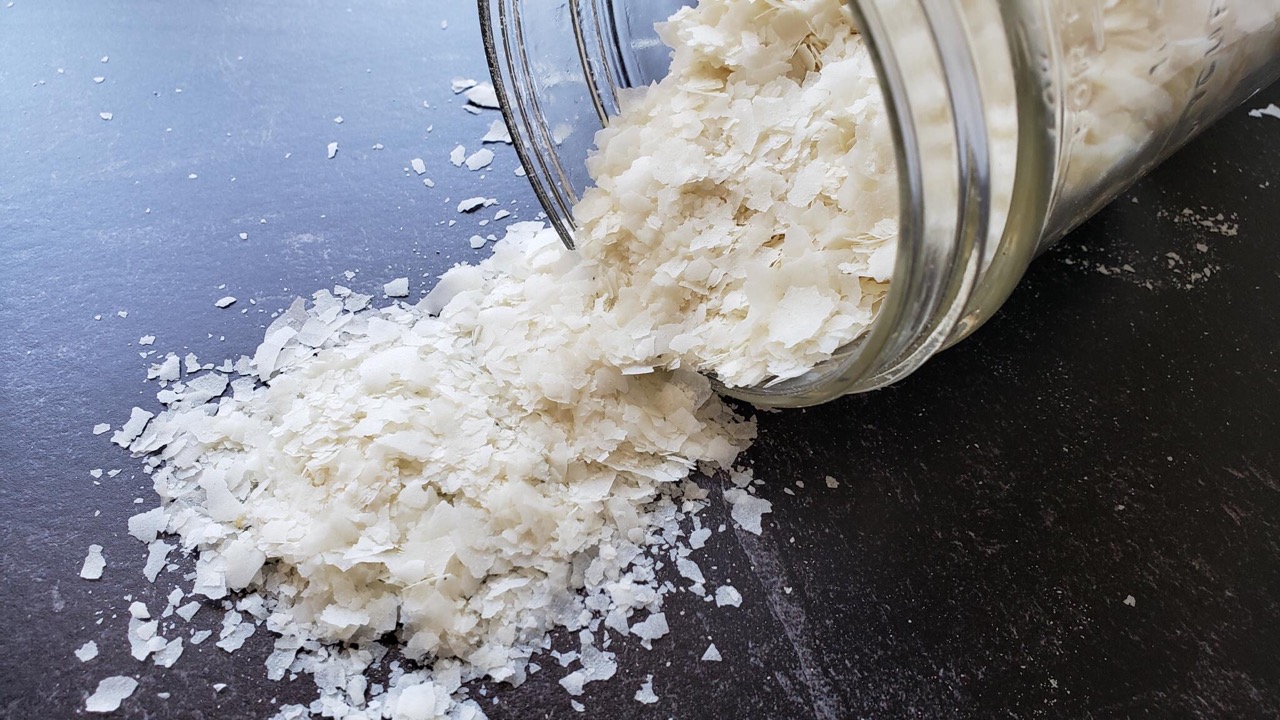

Articles
How To Store Potato Flakes Long Term
Modified: December 7, 2023
Learn how to store potato flakes for long-term use with these helpful articles. Discover tips and tricks to keep your potato flakes fresh and delicious.
(Many of the links in this article redirect to a specific reviewed product. Your purchase of these products through affiliate links helps to generate commission for Storables.com, at no extra cost. Learn more)
Introduction
When it comes to storing food for the long term, potato flakes are an excellent option to consider. Not only are they versatile and easy to prepare, but they also have a long shelf life, making them an ideal choice for emergency food supplies or for those who want to stock up on pantry essentials.
Whether you are a prepper, an outdoor enthusiast, or just someone looking to ensure you always have a backup option in your kitchen, learning how to properly store potato flakes for the long term is crucial. In this article, we will explore the benefits of storing potato flakes, the importance of proper storage containers, the right storage location, and tips for maintaining their freshness and quality.
So, let’s dive in and discover how to store potato flakes long term!
Key Takeaways:
- Stocking up on potato flakes provides a versatile, cost-effective, and nutritious long-term food solution. Proper storage and rotation ensure freshness and peace of mind for any situation.
- By storing potato flakes correctly, you can enjoy extended shelf life, convenience, and flavorful rehydrated meals. Experiment with seasonings and enjoy the benefits of long-term food security.
Read more: How To Store Russet Potatoes Long Term
Benefits of Storing Potato Flakes
Storing potato flakes for the long term comes with a range of benefits that make them an appealing option for many individuals. Here are some of the key advantages:
- Convenience: Potato flakes are incredibly convenient to have on hand. They are lightweight, compact, and require minimal storage space compared to fresh potatoes. This makes them an excellent choice for camping trips, road trips, or any situation where fresh potatoes may not be readily available.
- Extended Shelf Life: One of the most significant benefits of storing potato flakes is their extended shelf life. Properly stored, they can last for several years, allowing you to keep a supply of nutritious food for an extended period. This can be particularly crucial for emergency preparedness or when access to fresh produce is limited.
- Versatility: Potato flakes are incredibly versatile and can be used in various recipes. From mashed potatoes to casseroles, soups, and even bread, there is a wide range of dishes where you can incorporate potato flakes. This versatility ensures that you can create delicious and satisfying meals even when fresh potatoes are not available.
- Nutritional Value: Potato flakes retain most of the nutritional value found in fresh potatoes. They are a good source of essential vitamins and minerals, including vitamin C, vitamin B6, potassium, and fiber. By storing potato flakes, you can ensure a consistent supply of these vital nutrients, even during times when fresh produce is scarce.
- Cost-Effective: When compared to the cost of buying fresh potatoes regularly, storing potato flakes can be a more cost-effective option in the long run. The upfront investment in purchasing bulk quantities of potato flakes is often offset by their extended shelf life and the elimination of waste when fresh potatoes spoil.
Overall, storing potato flakes provides a convenient, versatile, and cost-effective way to ensure you always have access to a reliable source of food. Whether you are planning for emergencies, looking to diversify your pantry, or want to simplify meal preparation, having a stockpile of potato flakes can be a game-changer.
Proper Storage Containers
Choosing the right storage containers is essential for maintaining the quality and longevity of your stored potato flakes. Here are some key factors to consider:
- Airtightness: It is crucial to select containers that have airtight seals. Oxygen can degrade the quality of potato flakes over time, leading to spoilage and loss of flavor. Look for containers with secure lids or consider using vacuum-sealed bags to remove excess air.
- Material: The material of the storage containers should be food-safe and resistant to moisture, pests, and odors. Opt for containers made from high-quality plastic, glass, or metal that will effectively protect the potato flakes from external factors.
- Size: Choose containers that can accommodate the quantity of potato flakes you plan to store. It is best to use smaller containers rather than larger ones, as opening a large container exposes more of the product to air, moisture, and potential spoilage.
- Opaque or UV-resistant: Light exposure can affect the quality of potato flakes. To prevent this, consider using opaque containers or ones made from UV-resistant materials.
- Stackability: To maximize storage space, opt for containers that are stackable. This will help keep your pantry organized and make it easier to access and rotate your potato flakes as needed.
When considering storage containers for potato flakes, a popular option is food-grade plastic buckets with airtight lids. These buckets are durable, affordable, and available in various sizes. You can also use mason jars with tight-fitting lids for smaller quantities or to store smaller portions for immediate use.
Remember to ensure that the containers you choose are thoroughly cleaned and dry before transferring the potato flakes. Any moisture or contaminants in the containers can lead to spoilage and compromise the shelf life of the stored potato flakes.
By selecting the right storage containers, you can create an optimal environment to preserve the quality, flavor, and nutritional value of your stored potato flakes.
Choosing the Right Storage Location
Once you have your proper storage containers in place, it is important to select an appropriate storage location to ensure the longevity of your potato flakes. Here are some considerations to keep in mind:
- Cool Temperature: Potato flakes should be stored in a cool environment, preferably between 50°F and 70°F (10°C and 21°C). Avoid locations that are exposed to high temperatures or fluctuations in temperature, such as near ovens, stoves, or windows. Heat can accelerate the breakdown of the flakes and lead to spoilage.
- Dry Environment: Moisture is the enemy of long-term food storage. Choose a storage location that is dry, as excess humidity can cause clumping and spoilage. Basements, garages, or areas prone to leaks or dampness should be avoided. Consider using moisture-absorbing packets or silica gel packs in your storage containers to further protect against moisture.
- Avoid Sunlight: Exposure to direct sunlight can degrade the quality of potato flakes over time. Select a storage location away from windows or areas with strong light sources. If storing in clear containers, consider placing them in a dark pantry or covering them with a cloth or opaque material.
- Pest Control: Protect your stored potato flakes from pests such as insects or rodents. Ensure that the storage area is clean and regularly inspect your containers for any signs of infestation. Using airtight containers and regularly checking for potential entry points can help keep pests at bay.
- Elevated Storage: Whenever possible, store your potato flakes off the ground. This helps to prevent moisture buildup and reduces the risk of pests accessing your food supply.
Consider these factors when choosing the right storage location for your potato flakes. A cool, dry, and dark environment will help maintain the quality and freshness of your stored food for an extended period.
Removing Excess Air from the Packaging
When storing potato flakes for the long term, it is crucial to remove excess air from the packaging to prolong their shelf life. Oxygen is one of the main factors that can cause the degradation of potato flakes over time. Here are some methods to effectively remove excess air from the packaging:
- Vacuum Sealing: One of the most efficient ways to remove air is by using a vacuum sealer. This device creates an airtight seal around the packaging, removing the oxygen and reducing the risk of spoilage. Vacuum sealers are widely available in stores or online and can be used with specially designed bags or canisters.
- Ziplock Bags with Straw Method: If you do not have a vacuum sealer, you can use the ziplock bag with a straw method. Simply place the potato flakes into a sturdy ziplock bag, leaving a small opening. Insert a straw into the opening and seal the bag closely around the straw. Suck the air out through the straw, quickly remove the straw, and seal the bag completely.
- Manual Air Removal: If you prefer a hands-on approach, you can manually remove the air by gently pressing on the packaging to push out as much air as possible before sealing. This method may not yield the same level of air removal as vacuum sealing, but it can still help reduce the oxygen exposure.
- Oxygen Absorbers: Another option is to use oxygen absorbers, which are small packets that contain iron or other compounds that absorb oxygen. These absorbers can be placed inside the packaging before sealing to help remove any remaining oxygen. Make sure to follow the manufacturer’s instructions for the appropriate size and number of oxygen absorbers to use.
Regardless of the method you choose, the key is to ensure that the packaging is airtight after the excess air is removed. This will create a favorable environment for the long-term storage of potato flakes and help maintain their quality and flavor.
Store potato flakes in an airtight container in a cool, dark place, such as a pantry or cupboard. Make sure to keep them away from moisture and heat to prolong their shelf life.
Read more: How To Store Instant Potatoes Long Term
Sealing and Labeling Containers
Once you have properly transferred the potato flakes into suitable storage containers, the next step is to ensure they are properly sealed and labeled. Sealing the containers effectively will help maintain the freshness and integrity of the potato flakes, while labeling will allow for easy identification and organization. Here are some important considerations:
- Airtight Sealing: Take extra care to ensure that your storage containers are tightly sealed to prevent air, moisture, and pests from entering. Double-check the lids or closures to ensure a secure fit, and follow the manufacturer’s instructions for proper sealing.
- Labeling: Properly labeling your potato flake containers is essential for easy identification and inventory management. Label each container with the contents and the date of storage. This will help you keep track of the age of your stored potato flakes and rotate them efficiently, using the oldest first to maintain freshness.
- Additional Information: Consider including any additional information on the label that may be helpful, such as cooking instructions, rehydration ratios, or personal preferences for seasoning or additives. This will save you time and effort when using the potato flakes in the future.
- Waterproof Labels: To ensure that your labels remain intact and legible, use waterproof labels or protect them with clear tape to prevent smudging or fading caused by moisture exposure.
- Organization: Store your labeled containers neatly and in a logical order to make accessing and rotating them more efficient. Use shelving units, racks, or other storage solutions to keep your pantry or storage area organized and maximize space utilization.
Remember that proper sealing and labeling not only help maintain the quality of your potato flakes but also contribute to overall food safety practices. They provide clear information about the contents and ensure easy identification, reducing the risk of confusion or wastage.
By taking the time to seal and label your stored potato flakes properly, you can be confident in their quality and easily incorporate them into your meals when needed.
Storing Potato Flakes in Bulk
If you plan to store potato flakes in bulk, there are some additional considerations to keep in mind. Bulk storage allows you to have a significant supply of potato flakes on hand, whether for long-term emergency preparedness or to take advantage of cost savings when purchasing in larger quantities. Here are some tips for bulk storage:
- Choose the Right Bulk Containers: Select sturdy and airtight bulk containers, such as food-grade plastic buckets or metal containers with tight-fitting lids. These containers should be able to accommodate a large volume of potato flakes while keeping them well-protected from air, moisture, pests, and sunlight.
- Divide into Smaller Portions: Instead of storing all the potato flakes in a single container, consider dividing them into smaller, more manageable portions. This will make it easier to access and use the potato flakes without exposing the entire supply to potential spoilage.
- Vacuum Seal or Use Oxygen Absorbers: If using bags for bulk storage, consider vacuum sealing or using oxygen absorbers to further extend the shelf life. This will help remove excess air and reduce the risk of spoilage caused by oxygen exposure.
- Rotate Your Stock: It is crucial to practice proper stock rotation to ensure that older stock gets used before newer stock. Label each bulk container with the date of storage and use a first-in, first-out (FIFO) system to ensure that you always consume the oldest potato flakes first.
- Keep Track of Inventory: Maintain an inventory list or a spreadsheet to track the quantity and expiration dates of your bulk potato flakes. This will help you stay organized and prevent any loss or waste that can occur if stored for too long.
- Consider Repackaging: If you plan to store the potato flakes for an extended period, it may be beneficial to repack them into smaller, vacuum-sealed Mylar bags. This will provide an extra layer of protection against moisture, oxygen, and pests and can help prolong the shelf life.
By following these tips for bulk storage, you can ensure that your supply of potato flakes remains fresh and of high quality for a longer duration. This can be especially beneficial for long-term food storage plans or when you want to take advantage of significant cost savings when buying in larger quantities.
Remember to store your bulk containers in a cool, dry, and dark location, away from direct sunlight and sources of heat. With proper storage and a well-organized system in place, you can enjoy the convenience and peace of mind that comes with having an ample supply of potato flakes readily available when you need them.
Rotation and Shelf Life Management
Proper rotation and shelf life management are crucial when it comes to storing potato flakes for the long term. By implementing a systematic approach, you can ensure that your supply remains fresh, maintain their quality, and minimize waste. Here are some key tips for managing rotation and shelf life:
- Date and Label: Clearly mark each container or package of potato flakes with the date of storage. This will help you easily identify the oldest stock and ensure that it gets used first. Utilize a first-in, first-out (FIFO) system to maintain freshness.
- Regularly Inspect: Regularly check the containers for signs of spoilage, such as strange odors, discoloration, or the presence of pests. If you notice any issues, discard the affected portion and use the remaining flakes if they appear to be in good condition.
- Monitor Storage Conditions: Keep an eye on the temperature and humidity levels in the storage area. Fluctuations in temperature, excessive heat, or high humidity can accelerate spoilage. Make necessary adjustments to maintain the optimal storage conditions for longer shelf life.
- Evaluate Shelf Life: While potato flakes can have a long shelf life, it is important to periodically evaluate their quality. Over time, the flavor and texture may deteriorate, so it is advisable to conduct taste tests or visual inspections to ensure they are still acceptable for consumption.
- Use and Restock: Incorporate the use of potato flakes into your regular meal planning to ensure they get consumed and rotated regularly. When you utilize portions from your stored supply, make a note to restock and replace them with fresh batches to maintain an ongoing rotation process.
- Track Expiration Dates: If your potato flakes come with expiration dates, mark them on your inventory or calendar to stay aware of when they might need to be used or replenished. This will help you stay proactive and prevent any potential waste.
By effectively managing rotation and shelf life, you can maximize the value of your stored potato flakes. Regularly assessing the quality and freshness will not only ensure that you have a reliable food supply in times of need but also provide peace of mind knowing that you are consuming food that is safe and enjoyable.
Remember to always follow proper food safety guidelines and trust your senses when it comes to assessing the quality and suitability of stored potato flakes. When in doubt, it’s better to err on the side of caution and discard any questionable products.
Tips for Rehydrating Stored Potato Flakes
When it’s time to use your stored potato flakes, proper rehydration is essential to achieve the best texture and taste. Here are some helpful tips to ensure successful rehydration:
- Follow Instructions: Read and follow the instructions provided on the packaging of your specific brand of potato flakes. Different brands may have slight variations in rehydration ratios and cooking instructions, so it’s important to follow their guidelines for optimal results.
- Use Boiling Water: To rehydrate potato flakes, it’s best to use boiling water rather than cold or lukewarm water. This helps to quickly and effectively dissolve and soften the flakes, resulting in smoother mashed potatoes.
- Add Liquid Gradually: Start by adding a small amount of boiling water to the potato flakes and stir well. Gradually add more liquid until you reach the desired consistency. This allows you to control the thickness and avoid making the mixture too thin right away.
- Stir Gently: When incorporating the boiling water into the potato flakes, use a fork or a spoon to gently stir the mixture. Vigorous stirring can lead to a gummy or gluey texture, so take care to keep it gentle and avoid overmixing.
- Let it Rest: After rehydrating the potato flakes, let the mixture rest for a few minutes before serving. This will allow the flakes to fully absorb the liquid and result in a smoother and more consistent texture.
- Adjust Seasonings: Taste the rehydrated potato flakes and adjust the seasonings as needed. Add salt, pepper, butter, or any other desired flavors to enhance the taste to your liking.
- Experiment with Additions: Get creative with your rehydrated potato flakes by adding other ingredients such as garlic, cheese, herbs, or even sautéed onions. This will help elevate the flavor and make the mashed potatoes even more delicious.
By following these tips, you can ensure that your rehydrated potato flakes are flavorful, smooth, and enjoyable. Experiment with different cooking methods and seasonings to find your preferred style and taste.
Remember that rehydrated potato flakes may have a slightly different texture than fresh mashed potatoes but can still be a convenient and tasty alternative. With proper rehydration techniques, you can make the most of your stored potato flakes and create delicious meals whenever you need them.
Read more: How To Store Dehydrated Potatoes Long Term
Conclusion
Storing potato flakes for the long term is an excellent way to ensure you always have a versatile and convenient food option available. By following the proper storage methods, you can keep potato flakes fresh and maintain their quality over an extended period.
We explored the benefits of storing potato flakes, including their convenience, extended shelf life, versatility, nutritional value, and cost-effectiveness. These advantages make potato flakes a valuable addition to your pantry, whether it’s for emergency preparedness or everyday use.
Choosing the right storage containers, selecting an appropriate storage location, removing excess air from the packaging, and sealing and labeling the containers are crucial steps to preserve the freshness and integrity of the potato flakes. Taking these measures helps prevent spoilage, maintain flavor, and protect against external factors such as air, moisture, light, and pests.
Managing rotation and shelf life is key to utilizing your stored potato flakes effectively. Implementing a system for tracking dates, regularly inspecting the quality, and maintaining proper storage conditions ensures you consistently use the oldest stock first and minimize waste.
When it’s time to rehydrate your stored potato flakes, following the instructions provided on the packaging, using boiling water, and gently stirring the mixture will yield the best texture and taste. Don’t be afraid to experiment with seasonings and additions to enhance the flavor and create delicious mashed potatoes or other dishes.
In conclusion, storing potato flakes long term not only provides a practical food solution but also grants peace of mind and security knowing you have a reliable food supply. By following the guidelines and tips outlined in this article, you can store, maintain, and use potato flakes to their full potential.
So, stock up on potato flakes, take the necessary steps to store them properly, and enjoy the convenience and versatility they bring to your kitchen!
Frequently Asked Questions about How To Store Potato Flakes Long Term
Was this page helpful?
At Storables.com, we guarantee accurate and reliable information. Our content, validated by Expert Board Contributors, is crafted following stringent Editorial Policies. We're committed to providing you with well-researched, expert-backed insights for all your informational needs.
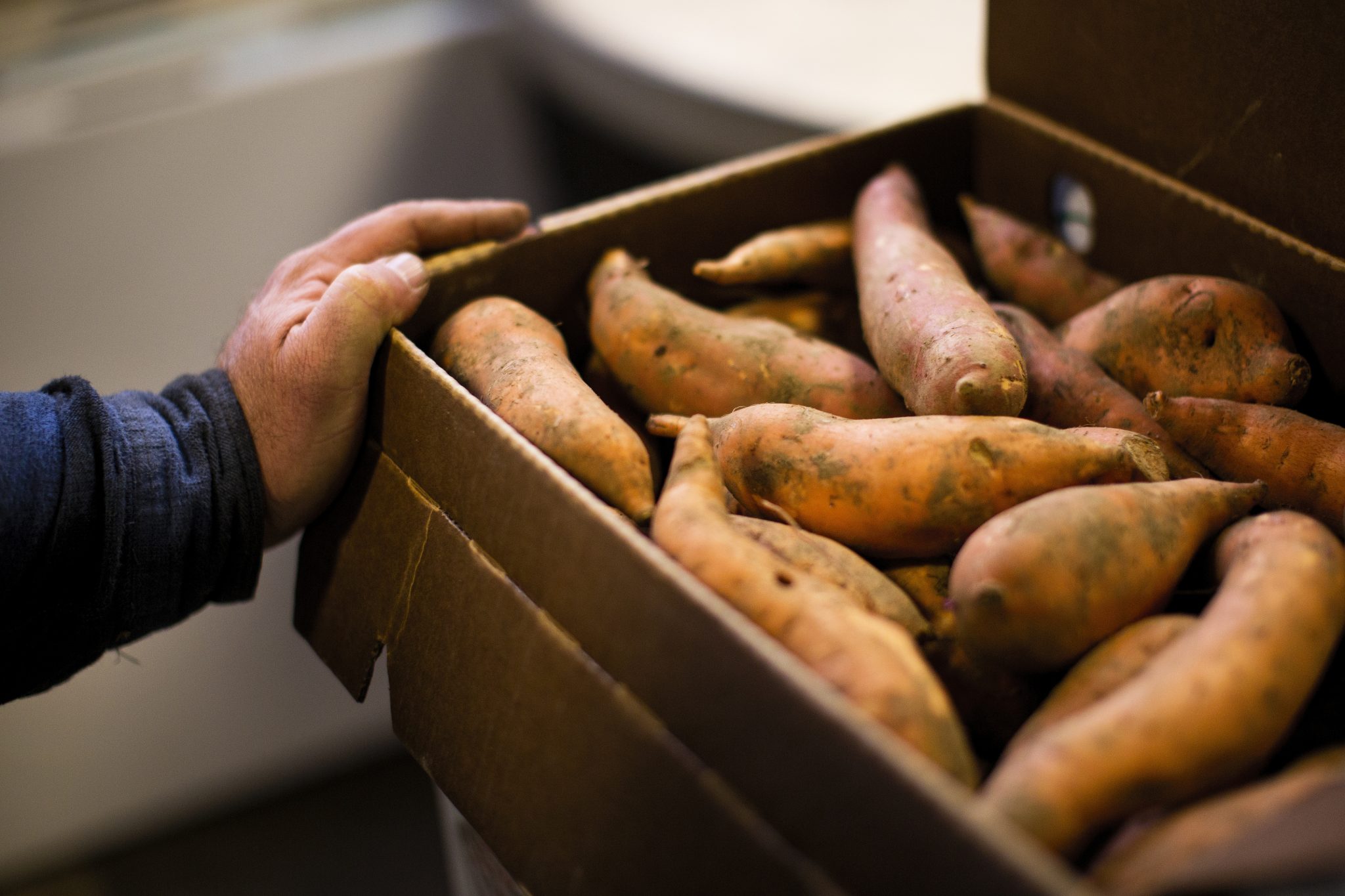
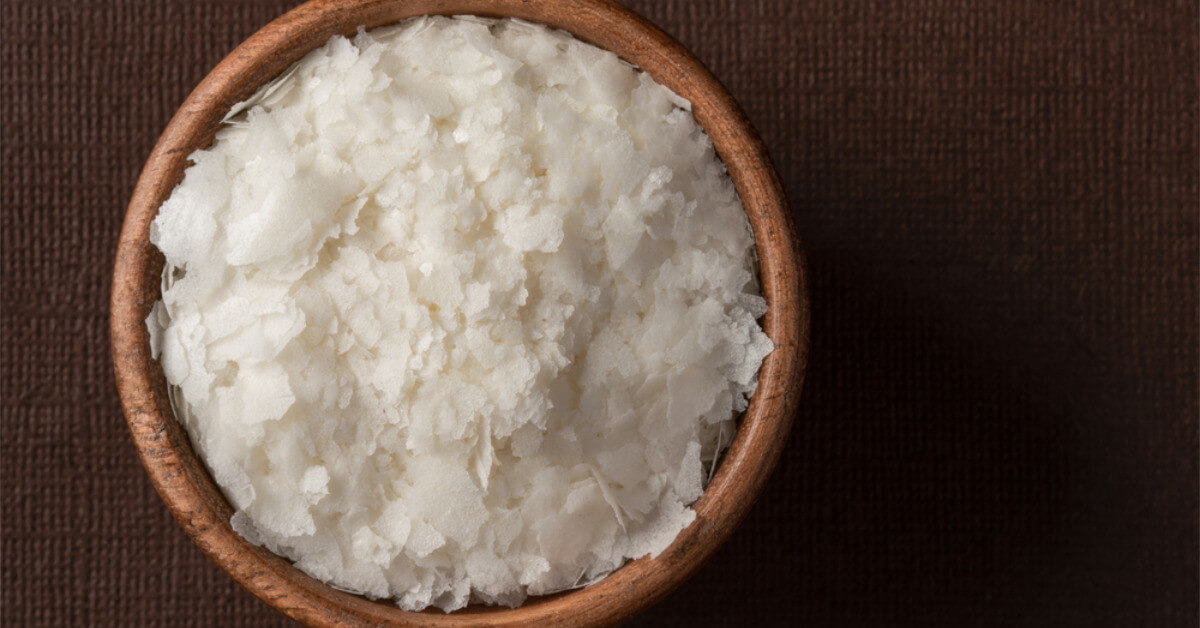
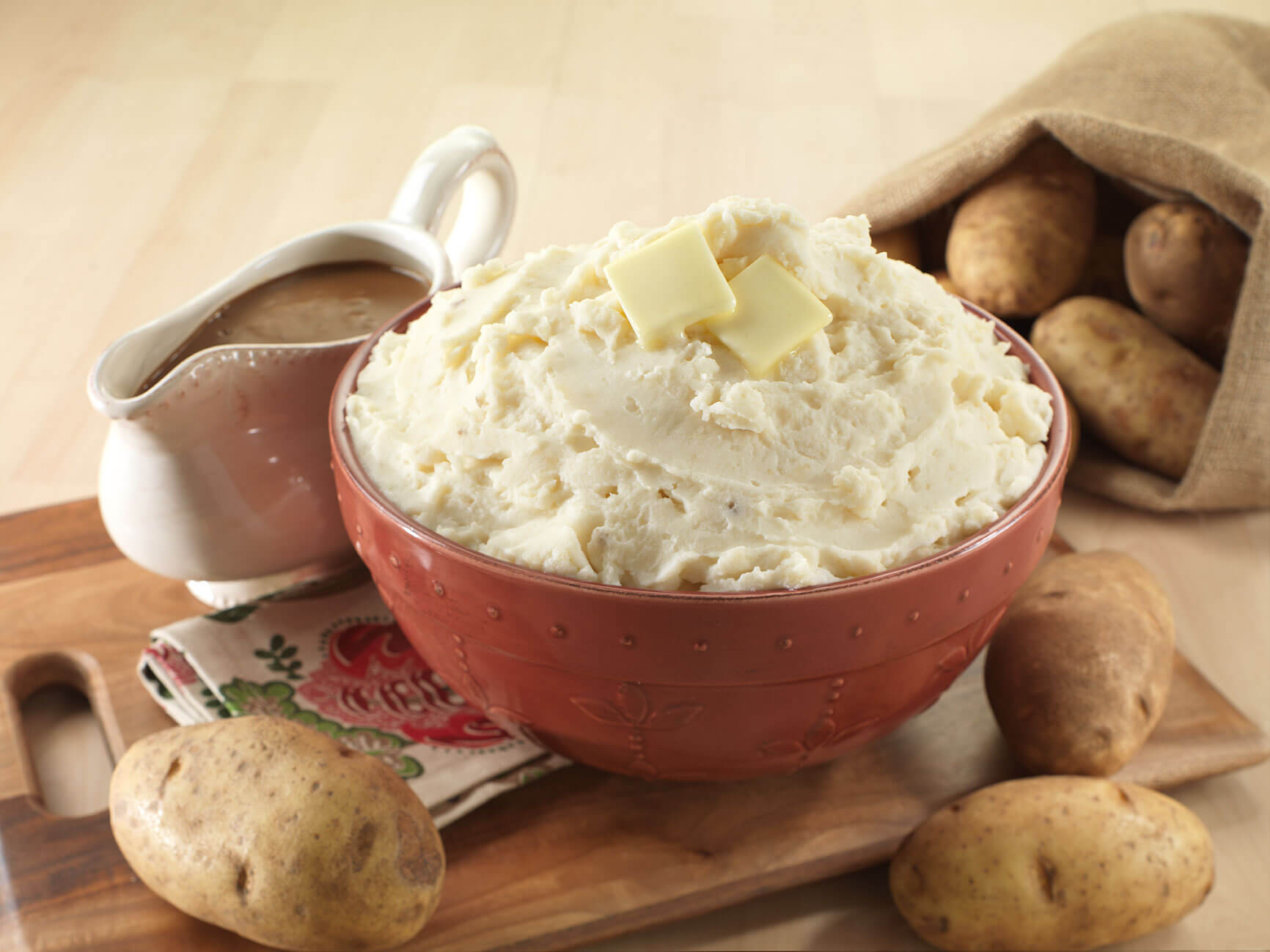
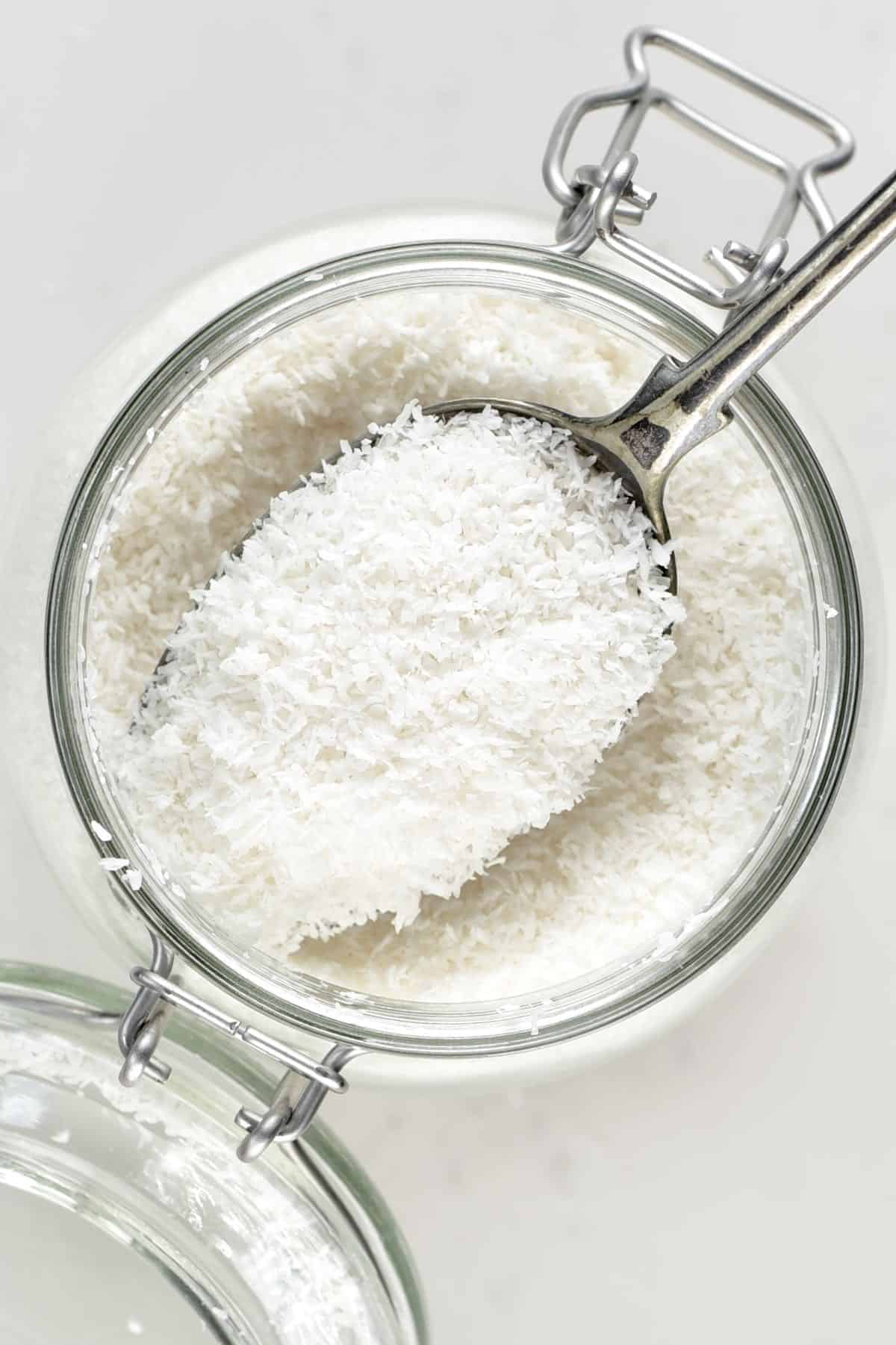










0 thoughts on “How To Store Potato Flakes Long Term”